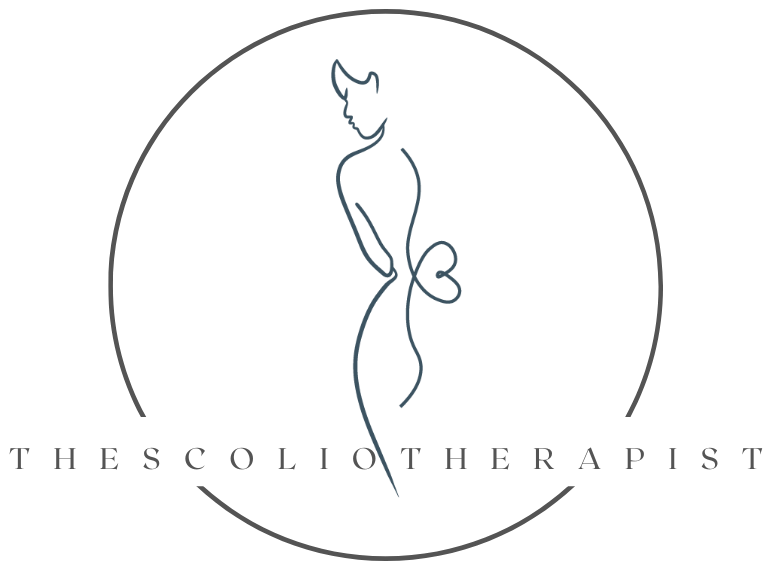Avoid Scoliosis Surgery With the Schroth Method
Recently, we’ve been taking a deep dive into the Schroth Method of scoliosis treatment. We’ve covered how the Schroth Method differs from other types of scoliosis treatment and learned the basics of Schroth exercises, equipment, and potential results.
But, now we’re going to talk about one of the most common questions I hear about Schroth therapy: Can it help you avoid scoliosis surgery? In many cases, the answer is yes.
Of course, every scoliosis case is different, and it’s always important to work with your healthcare team to determine the best course of treatment for you. Sometimes surgical intervention is absolutely necessary (e.g., a severe curve, rapid curve progression, debilitating pain, etc.).
But for patients whose scoliosis isn’t severe enough to require surgery, the Schroth Method can be extremely effective in managing the condition in a non-invasive way. And Schroth therapy can even be helpful after you’ve had spinal fusion surgery to help stabilize the areas of the spine that were not fused.
Early Scoliosis Detection and Schroth Therapy
Early detection is crucial when it comes to scoliosis. That’s because scoliosis can be a vicious cycle. The wedge-like shape of the vertebrae encourages asymmetrical loading, which creates a curve in the spine. The spinal curve causes further uneven loading of the vertebrae, which makes them grow more asymmetrically, which further progresses the curve.
So, the earlier you can diagnose scoliosis, the sooner you can take steps to fix the uneven loading and slow, stop, or even reverse curve progression. The Schroth Method is specifically designed to help break that cycle of uneven loading and curve progression.
The Schroth Method vs. Traditional Physical Therapy
Traditional PT can help alleviate scoliosis pain, but this approach doesn’t address the underlying issue of spinal curvature and uneven loading. Schroth therapy can help you even out the load on the vertebrae by teaching you “auto-corrections” that allow you to hold yourself in a posture that evenly loads the spine.
Schroth therapy can be so effective because it’s something you can integrate into your daily life. You’ll work with a Schroth therapist who can help you improve your alignment and teach you exercises to build the musculature you need to maintain that positioning. But as you gain more practice in those exercises and alignment corrections, you can start to automatically correct your posture throughout your daily life.
An Alternative to Scoliosis Surgery
Again, sometimes surgery is the only viable treatment for scoliosis. But there are also cases where surgery is inadvisable or impossible. For example, I’ve worked with clients whose curves were severe enough to warrant surgery, but whose osteoporosis ruled out surgery as an option. Schroth therapy has been very beneficial in helping these patients stabilize their curves and reduce pain.
Scoliosis-Specific Exercise Offers a Potential Alternative to Surgery
Your healthcare and scoliosis treatment are always your decision. Even if your doctor recommends surgery, you always have the choice to undergo this type of invasive treatment. And if you’re looking for an alternative to surgery, Schroth therapy can be extremely effective in helping you counteract uneven loading of the vertebrae, slowing or stopping curve progression.
Exercise offers many advantages for scoliosis patients. And following a scoliosis-specific exercise program can help you build strength and mobility safely.
But exercise isn’t the only important part of managing your symptoms. It’s also critical to learn how to stand, sit, and move in ways that don’t contribute to back pain. And if you’re not sure how to do that, check out my Scoliosis Movement Bootcamp. This 6-month program helps you understand your curve and learn to reduce pain by moving in ways that protect the spine. Even something as small as changing the way you fold laundry can make a significant difference in your back pain. Get everything you need to start effectively treating your scoliosis at home for less than the cost of an X-ray!
And don’t forget to subscribe to my podcast, Ahead of the Curve, to get every episode when it airs.
Resources Mentioned
Schroth Therapy: Advancements in Conservative Scoliosis Treatment by Hans-Rudolf Weiss
